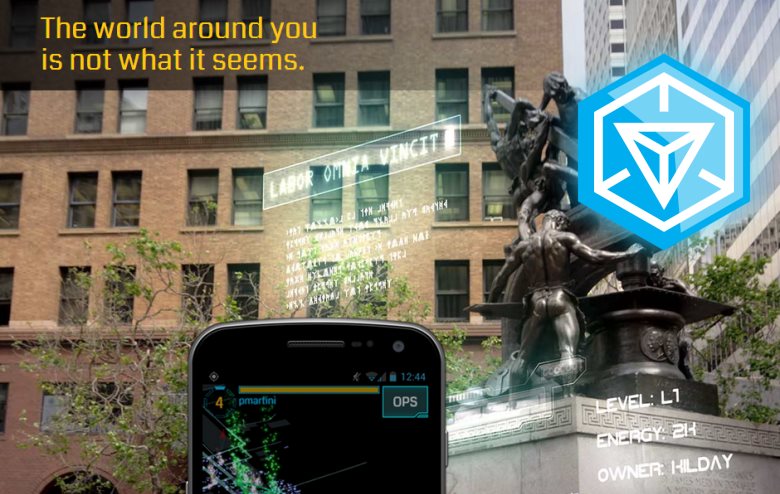Retail In-Store Digital Destination Gamification
 The focus of this series “Power of Content” is to help people with content strategies and how they relate to digital screen media.
The focus of this series “Power of Content” is to help people with content strategies and how they relate to digital screen media.
According to the Forrester Group, e-commerce accounted for 8 percent of total retail sales in the U.S. during 2012. By 2017, it is expected to account for a full ten percent of all retail sales. This still leaves 90 percent of retail sales generated in the retailer’s store.
But shoppers today are more demanding and frustrated than ever with their in-store shopping experience. This dissatisfaction comes from increased competition, including online sales, that drives the need for higher service levels and greater differentiation. A recent study found that 80 percent of the retail CEOs surveyed believe they now deliver a great customer experience. Unfortunately, only 8 percent of their customers agree.
To attract and converse with today’s “digital everywhere” shopper, the store must meet the consumer on her own turf by providing a true “digital destination.” Digital destinations are captivating, fun, bold engagements within the retail environment. They also carry on beyond the four walls of the store by enhancing the omni-channel experience. They create an entertaining experience where the shopper is motivated to come back to the store to engage again and again.
Digital destinations are an elusive blend of psychological, emotional and social ingredients that engage the shopper’s persona, augment the store’s physical environment and enhance the brand’s image. And the heart of any effective Digital destination is “gamification.”
Gamification is the study of how games can be designed and used to engage shoppers and create a more stimulating, fun and recurring shopping experience. It relies on an in-depth understanding of human psychology to be able to inspire and motivate shopping behavior. It is a formulated combination of one or more psychological driver, personalization and selfie-sharing.
An effective gaming digital destination must motivate shoppers to take time out of their time-starved lives and connect with the brand, then continue that connection on their pocket screen or online at home. But each retail vertical holds its own unique challenges so there isn’t a one-size-fits-all.
In the next three articles, I will write about the framework for developing effective in-store gaming digital destinations including a major brand case study. I will explain how brands and retailers can meet the digital shopper on their own turf by creating in-store digital destinations that are bold, engaging and unique. I describe the process required to connect emotionally with the shopper and keep an ongoing conversation once they leave the store. It is a win-win for the retailer, brand and shopper.
The math is simple: To maintain equivalency, a 10 percent growth in e-commerce only requires a 1 percent lift in store sales.
Image via Christie





